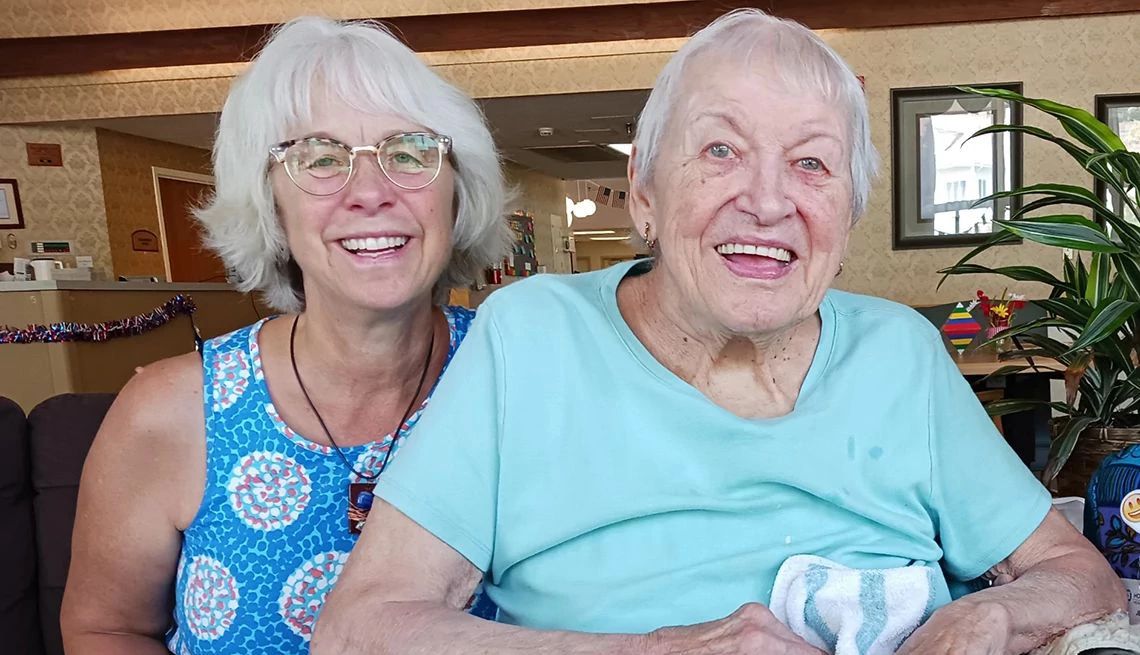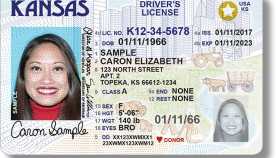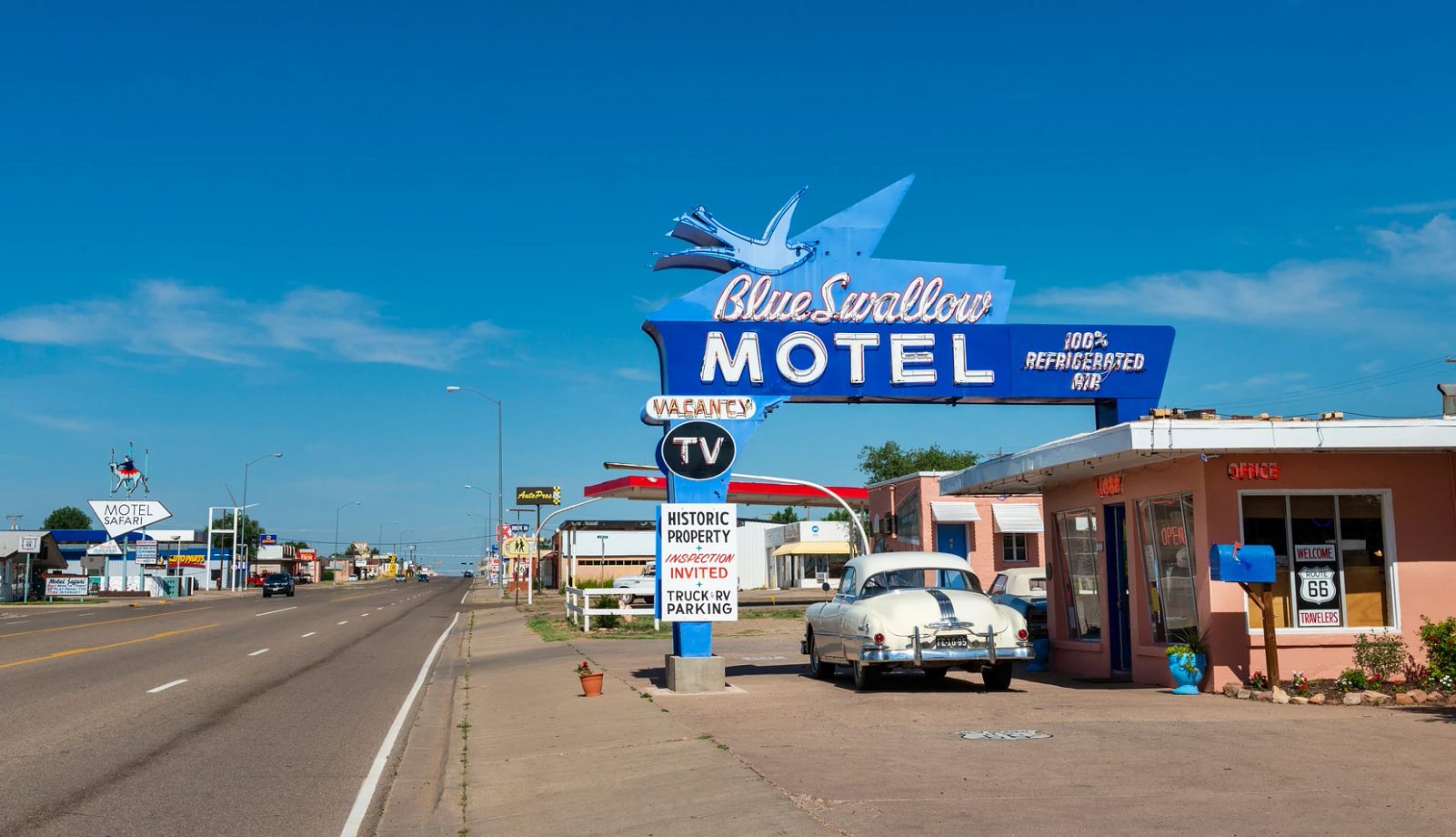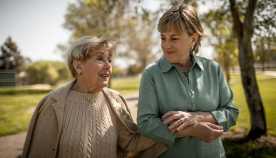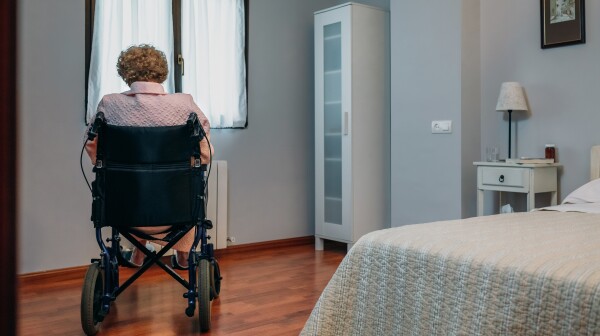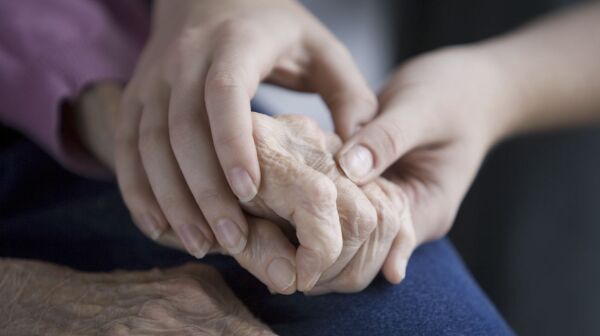AARP Eye Center
CLOSE ×
Search
Popular Searches


AARP MEMBERSHIP - Limited Time Offer
Memorial Day Sale! Join AARP for just $11 per year with a 5-year membership Join now and get a FREE gift. Expires 6/4 Get instant access to members-only products, hundreds of discounts, a free second membership, and a subscription to AARP the Magazine.
- right_container
- Health
- Money
- Work & Jobs
- Advocacy
- Social Security
- Medicare
- Caregiving
- Games
- Travel
- More...
- Entertainment & Style
- Family & Relationships
- Personal Tech
- Home & Living
- Auto
- Staying Sharp
- Podcasts
- Videos
If you have a spouse, sibling, parent, or other loved one in a nursing home, you may be worried about their safety and well-being because of the coronavirus pandemic. AARP has consulted with leading nursing home experts to provide you with some key questions to ask the nursing home:
Jenell Clark of Dallas has been struggling for months to gain attention to the plight of her mother, 86-year-old Mae Birks. Now she’s brought her story to state legislators, testifying recently in the Senate Business & Commerce Committee in opposition to Senate Bill 6.
Major changes are needed in regulations to ensure seniors are safe and able to live with dignity.
NY state's own records show nursing home oversight program received 5.7K complaints in 1st half of '23
Some older low-income New Jerseyans are forced to go into nursing homes rather than get care at home because of red tape in the Medicaid program.
Nearly three-quarters of Vermont caregivers say they’ve experienced emotional stress from their responsibilities, and more than one-third say they’ve faced financial strain, according to a new AARP poll.
Each day in Texas, millions of uncelebrated heroes are giving baths and preparing meals. They’re providing rides to the doctor and grocery store. They’re dispending medicines and handling complex medical tasks, sometimes with little or no training.
Downloadable resources for family caregivers
Family caregivers do remarkable things every day to care for their loved ones. We help with bathing and dressing, meal preparation, managing finances, transportation, grocery shopping, and so much more. There are more than 820,000 of us in Washington state performing this great labor of love – but it’s not without its challenges. It can be stressful and time consuming - and it can also feel incredibly isolating at times. Some of us might feel like we’re in it all on our own.
Are you or your loved one facing challenges paying for Medicare costs? There’s help for that. You may be eligible for a program that could save you more than $2,100 a year.
Search AARP States
Connecting you to what matters most, like neighbors do. Find events, volunteer opportunities and more near you.
Sign Up & Stay Connected

















